How does physics fit into the Classical Education paradigm? What must a science student pursuing a minor in Classical Education know about physics? A previously-offered one-credit undergraduate “Teaching Secondary Physics” seminar course in the department of physics at Hillsdale College is being revived. The newly redesigned course is being tailored specifically to target and support physics and science students pursing a Classical Education Minor through Hillsdale’s education department. What should such a course look like? In particular, how should it differ, if at all, from a more traditional “Teaching Secondary Physics” course? What unique touchstones of a Classical Education must be addressed in order to better prepare future physics teachers for a classical education setting? In this talk I will outline some of the basic plans for the seminar course, and discuss how its design attempts to address, at least in part, the question of what physics education in a classical setting should look like.
Paul Hosmer
Paul Hosmer is Chair and Associate Professor of Physics at Hillsdale College in Hillsdale Michigan. He received his BA in Physics from Hilldale College and his MS and PhD in Physics, in the field of nuclear physics, from Michigan State University. He was an instructor at the Navy’s Nuclear Power Training Command in Goose Creek, and has also taught at Spring Arbor University in Spring Arbor Michigan, and at Carson-Newman University in Jefferson City, TN. At Hillsdale, in addition to the usual courses for the physics major, he has taught multiple semesters of Hillsdale’s Liberal Arts Tradition seminar, and in the physics department he teaches the classical liberal arts core course in physics, as well as the classical liberal arts capstone course in physics.


